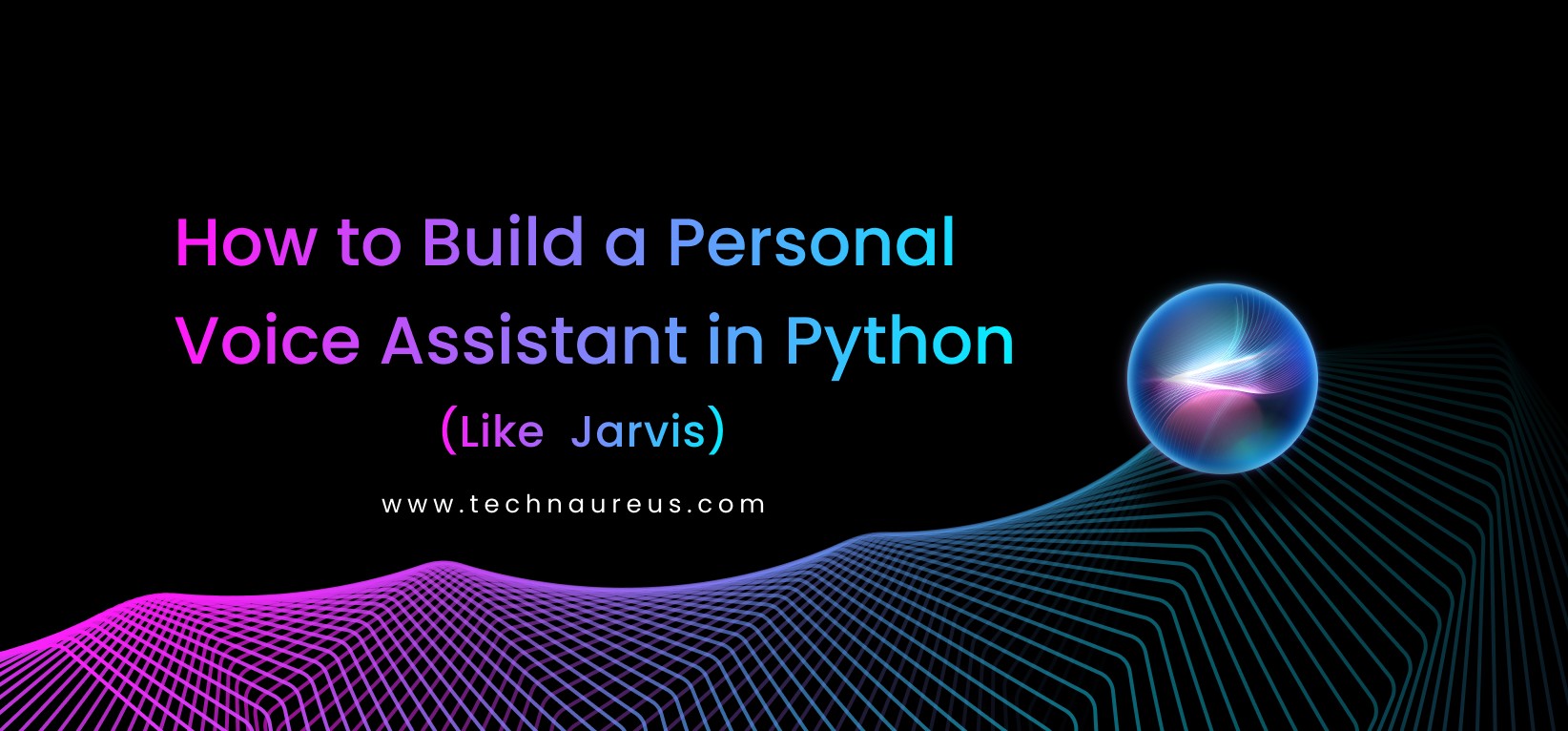Sarath KrishnanMay 28, 2025
Have you ever imagined creating your own voice assistant like Siri, Alexa, or Jarvis from Iron Man? The good news is — you can! With a basic understanding of Python and a few powerful libraries, you can build a simple yet effective personal assistant that listens to your voice and responds to your commands.
In this tutorial, you'll learn how to build a voice assistant using Python. It's a fun project that combines speech recognition, text-to-speech, and command automation. Perfect for beginners looking to explore practical Python applications!
Before we start, make sure you have:
We’ll use pyttsx3 to make our assistant speak.
Try It: Run this code, and you should hear the assistant greet you!
Now, let’s make the assistant listen to your voice using speech_recognition.
Let’s teach our assistant to perform tasks based on voice commands.
To keep the assistant always listening, add a loop:
Now, your assistant will keep waiting for commands until you manually stop the program (Ctrl+C in terminal).
Want to make your assistant smarter? Try these:
🔹 Microphone not working?
🔹 Slow response time?
🔹 Offline alternative?
Congratulations! You’ve built a personal voice assistant in Python. This is just the beginning—you can expand it with AI chatbots (like ChatGPT), weather updates, or task automation.
Now it’s your turn! Customize your assistant and share your creations in the comments.

0